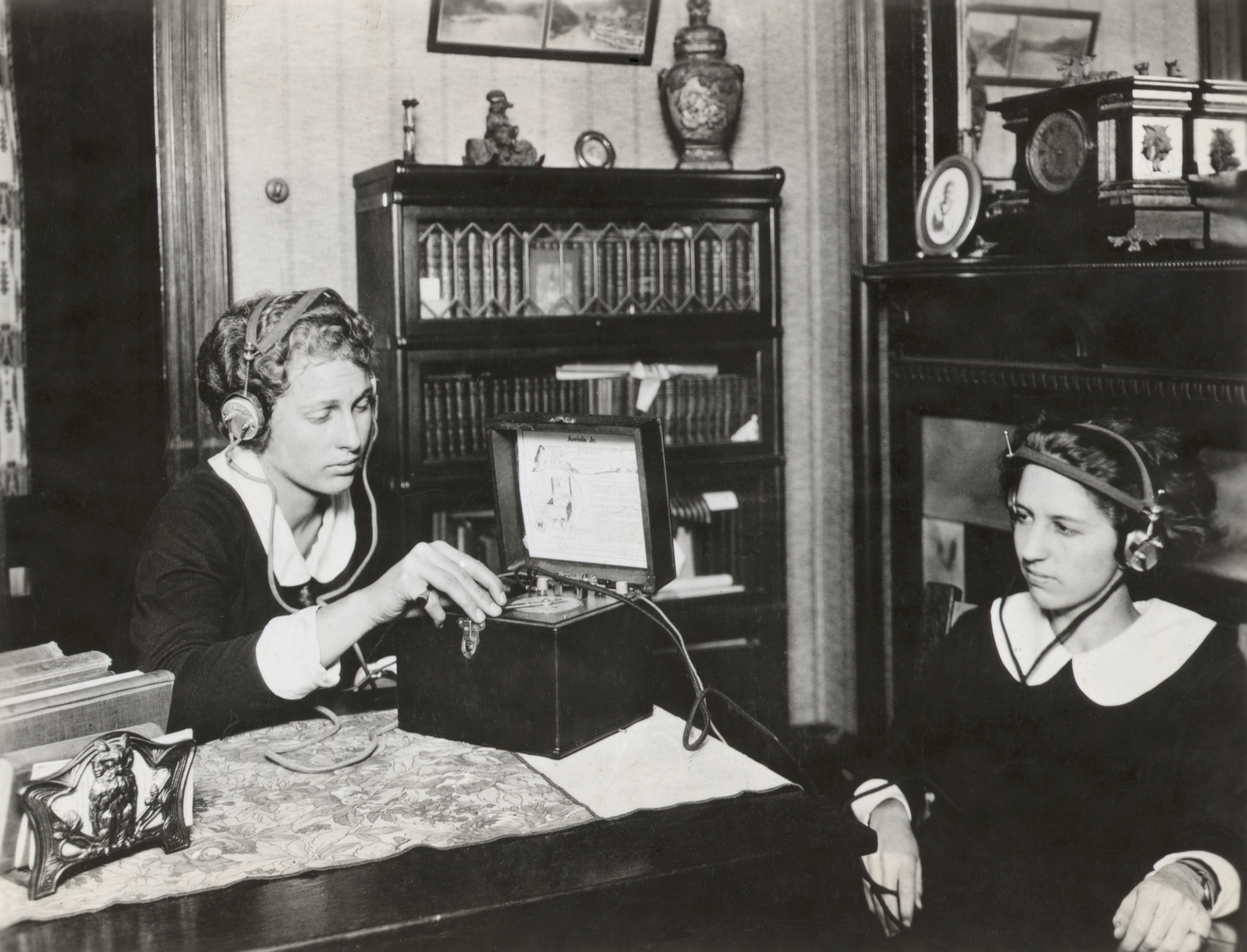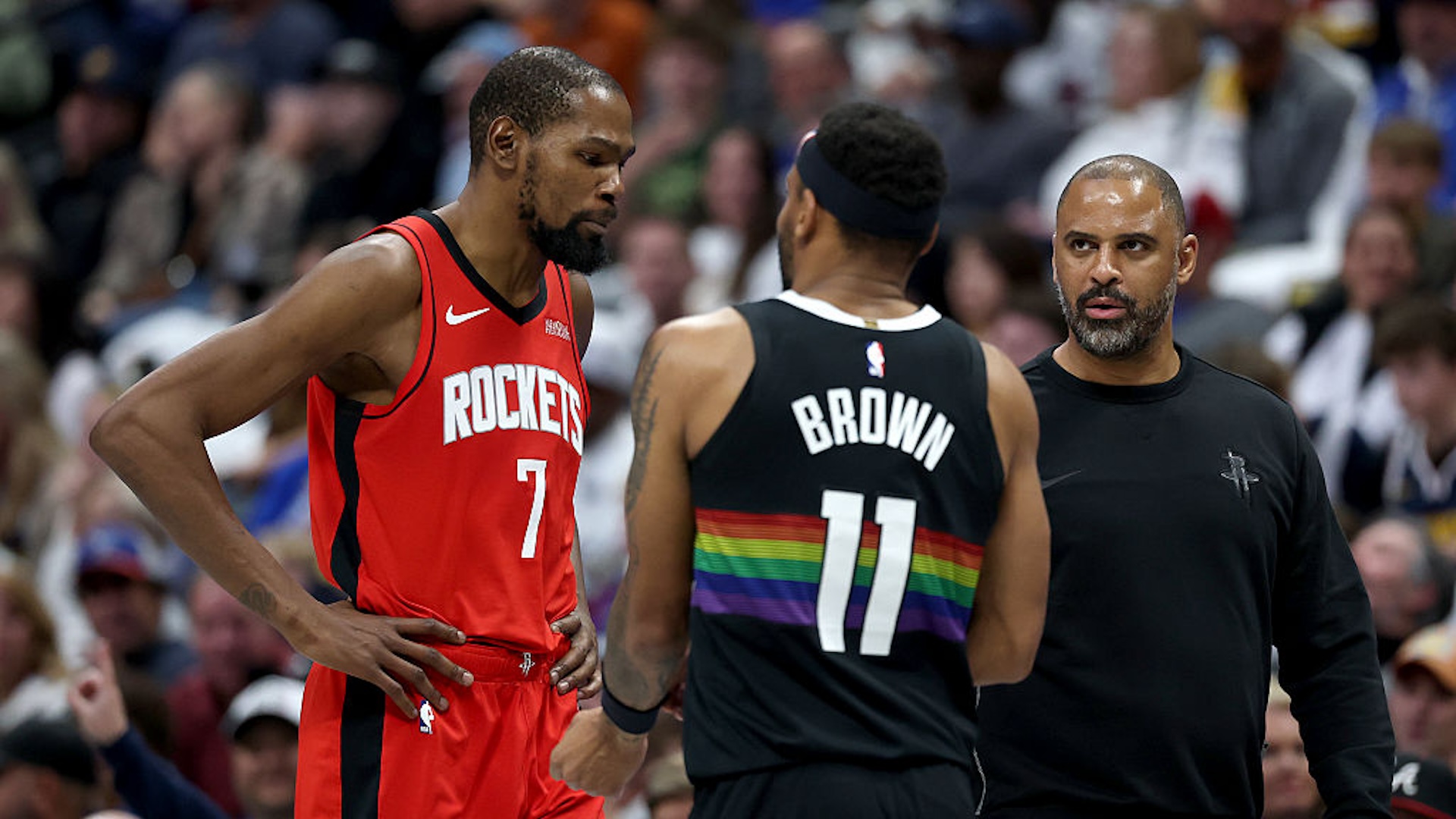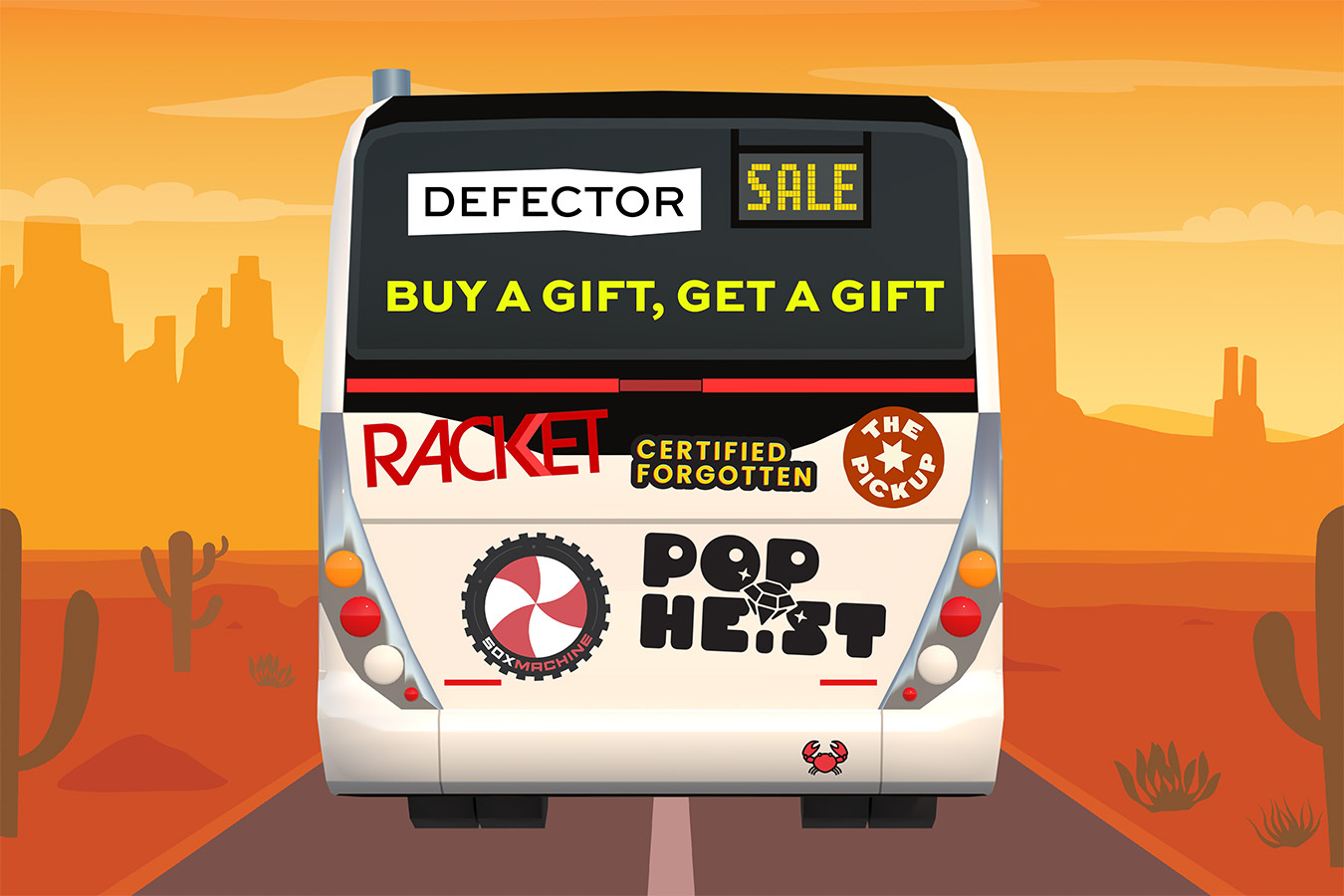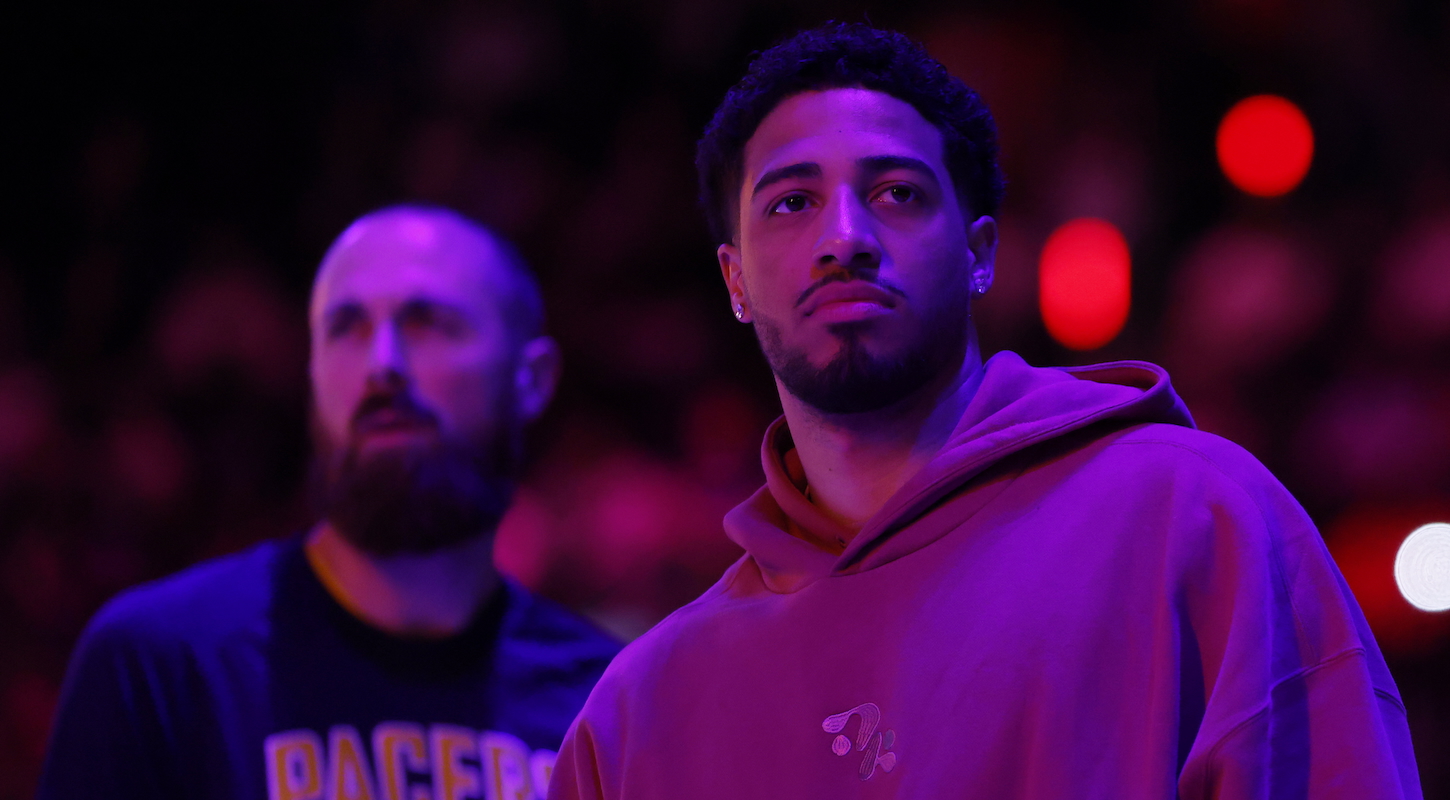This week, Left of Dial published its Essential Listening Poll, a compilation of the 100 best podcasts of all time, according to industry creators, writers, and scholars. (Disclosure: I was invited to contribute my selections to the poll, and Normal Gossip ranked on the list, though I was not allowed to nominate my own show.)
Lists of this sort, and really of any sort, are inherently imperfect metrics for measuring the impact of any given piece of work. They function more as a sort of popularity contest, one that reflects recency bias and the scale of marketing efforts much more clearly than anything as slippery and subjective as quality.
But they’re fun, and when I was invited to participate in the poll, I was intrigued by the prompt: “We are hoping that you will take ten minutes to participate and share the five podcasts that have most inspired, influenced, and enthralled you, shining new light on the shows that have meant the most to you both personally and professionally.”
I submitted my picks, and when the list was published, I scrolled right to the bottom of the page to see which shows came out at the top of the list. The top three are, in this order: This American Life, Serial, and The Daily.
I was a bit annoyed at first when I saw this. Not because these shows were in the wrong place, which they were not, but because for the better part of the last decade, these three have reigned over the podcast world as standard bearers of form and quality and inspired dozens—maybe even hundreds—of copycat shows, many of which I have worked on. Their names have dogged every audio producer of a certain age as the standard against which our work is measured. You don’t need to poll people who work in this business to create a list with those three on top; you just need to ask anyone to name the first three podcasts that come to their mind.
But as I thought more about it, I realized that I have memories of listening to each of these shows with wide eyes, thinking, “I didn’t know you could do that.”
This American Life is first on the list, and deservedly so. It debuted in 1995 on WBEZ, Chicago’s public radio station, as a show called Your Radio Playhouse. Over the years, host Ira Glass and his growing team of producers refined an unbuttoned, conversational storytelling style that would come to define the medium. Before this, reporting on the radio was stiff and formulaic; hosts and reporters affected a distant radio voice and recordings sounded wooden and uncanny. This American Life’s innovation was that Glass and his fellow producers sounded like themselves on mic, a skill that seems simple but is actually incredibly difficult. It is one of the many things about the program that has become ubiquitous elsewhere in the decades since.
As with most good podcasts, a lot of work went into creating something that felt natural and spontaneous. Scripts were written with conversational ease, but the language was still beautiful, and the effect was an hour-long radio program that felt like the smartest people in the country telling you their best stories over dinner. They sometimes used pop music to score their episodes, another now-familiar move that was novel at the time. The format was also new: three to four acts on a weekly theme, with each act representing an individual story.
But their biggest innovation came in 2014, when the team at This American Life launched a new project that would take its ambition to a new level. Instead of several stories each week on a single theme, Serial would tell just one story over a dozen episodes: a serialized story that would have listeners come back week after week to hear what happens next.
This is such a common format for a show today that it feels silly to explain, but in 2014, it simply did not exist. The serialized podcast was an innovation on the form that drew from existing formats in other media—the serialized novel, the docuseries, audiobooks—and fit them together to become something totally new.
Its massive success and virality introduced the concept of podcasts to millions of listeners, who suddenly wanted more. Executives in media companies around the world asked their staff to get to work on their own Serial, while public interest was still piqued. The moment heralded an exodus of experienced producers from the public media system into the private sector, where they joined newly established in-house teams and independent production companies like Gimlet, Pineapple Street, and Wondery.
The resources that flowed into this nascent industry were staggering. Production companies were juggling multiple contracts to produce six- or eight- episode documentaries with budgets of $200,000 at minimum, but those budgets could easily bloom to half a million dollars. Gimlet alone raised more than $7 million in its first year. Jobs were plentiful and salaries were high. It was a bubble, of course.
The next paradigm shift came in 2017, when four staffers at the New York Times undertook the challenge of creating a podcast that was produced in This American Life’s conversational narrative style—but instead of publishing once a week, it published every day. The Daily was a seismic moment in podcast history. In January of 2017, I was in the midst of a monthslong interview process for a spot on The Washington Post’s first audio team. I hit play on the first episode of The Daily as I left my apartment for work and within seconds thought, What the fuck.
The Daily took what was becoming a recognizable form, the narrative podcast, and accelerated its production pace such that listeners could hear a scripted, scored, carefully edited story about the latest atrocity the newly installed Trump administration was committing each and every morning. What that did to the mental health of the people listening is a separate issue, but the program’s instant success triggered a spate of copycat podcasts across the media landscape. None have reached the ubiquity The Daily has enjoyed since its launch, and many of them have come and gone over those years. No other show has staffed up the way The Daily has; 48 staffers are now listed in the credits, and that doesn’t count the Times staffers who cycle in and out of episodes based on their reporting.
Podcasts like The Daily and Serial and This American Life take a lot of time and money to produce. An episode of a narrative podcast can go through as many as 30 rounds of edits and be touched by dozens of reporters, producers, editors, and sound engineers before being published. In recent seasons, Normal Gossip has gotten its production timeline down to a trim 11 weeks per episode. That’s half of what it once was, and with more than double the original staff.
It’s hard to make good work, period. It’s harder when you’re working in an abstract medium like audio where you literally can’t see the thing you’re editing. The work necessarily moves slower, and it slows down further when you are trying to do something ambitious, or interesting, or beautiful. This is true for basically any kind of ambitious creative work. You can see the problem.
The fundamental math at play here hasn’t worked out for this kind of storytelling. Gimlet tried to build an engine that supported its ambitious audio work with lower-lift chat shows and sponsored podcasts, but the big payout came when Spotify acquired the whole company for $200 million; they went on to dismantle the narrative unit that had made Gimlet such a beloved company and kept the chat stuff. Pineapple and Wondery and countless other indie podcast companies attempted similar models, which worked until it didn’t, at which point they sold or closed or pivoted, generally to those lower-lift chat shows and sponsored podcasts.
It turned out that companies could make way more money if they went straight to the profitable projects—the ones that favored big names and “always on” publishing schedules, and which required (and allowed for) less editing, less format experimentation, and less contemplation. This is why the word “podcast” increasingly means “dudes talking at each other for five hours on camera.” Those hours are then cut down to one minute-ish clips to share on social media in the increasingly futile hope that one will go viral. Step 3, as always, is: ??? Step 4, the most important one, remains: Profit. The result of this enshittification is a fundamentally different medium, and one that produces work very different than the kind I got into this business to make. The consensus picks among people in the industry for the best and most influential podcasts of all time are the sort of work that the industry mostly does not produce anymore—higher-touch narrative projects that are more novel than shitpost, and more art than commerce.
The industry consolidation that followed the bursting of the podcast bubble continues to destroy the legacies of companies that defined this medium; Pineapple and Wondery are the latest to bite the dust post-acquisition. Wondery just dropped $100 million on Travis and Jason Kelce’s New Heights last year, and I guess it’s gone so well they want to go all in on “personality-driven shows.” It is best not to think about how many other podcasts could have been made, and how many producers and editors might have found employment, with some small portion of that money.
Hundreds of people lost their jobs in those shakeouts, but the owners who sold those companies are sitting high on the millions they made from the sales; Pineapple Street sold in 2019 for $18 million and Wondery sold in 2021 for a reported $300 million. It has only just come to my attention that Gimlet co-founder Matt Lieber is spending his post-Spotify days as a whimsical ice cream proprietor in Park Slope, where he sells ice cream shaped like sushi.
Capitalist goonery aside, what stands out to me now, standing on the other side of a popped bubble, is the distinct lack of creative ambition in the industry. The top show on Apple Podcasts right now is Good Hang, Amy Poehler’s video collaboration with The Ringer. It’s a good podcast in the way that it is trying to be good: charming as a talk show but not interesting creatively. The industry-wide pivot to video-based podcasts hosted by celebrities means more of this sort of content will be pumped out, and ensures that all of it will be derivative. You can expect ambling conversations between recognizable voices, minimally produced, minimally edited, and designed to be cut into those shareable video segments for social media.
The chat shows are entertaining. They fill up my bathroom with agreeable noise when I’m showering, but often I wonder if I’ve turned myself into a grown-up iPad toddler, unable to cope with the silence of being alone, or to train my attention span on something that requires several hours’ commitment. A celebrity talk show has kept me company on walks, but it has never shocked me out of hazy malaise and made me feel more curious about the world, less alone, or in awe. I have never listened to one and been surprised in the ways that I was upon encountering This American Life, or Serial, or The Daily.
If there’s one critique I will hear of the podcast industry, it’s that my peers and I have been precious—even snobby—with our work. The truth is that there is a place for each of these formats. It’s like comparing a 600-word sports blog to a deeply researched and considered book. Both should exist; both matter. But they provide different things to listeners. They aren’t the same, and to conflate the resources necessary to produce them is to do a disservice to them both.
The business consolidation in the industry has led to a creative consolidation further downstream, and the near ubiquity of these chat shows, which aren’t quite daytime talk shows or podcasts in the sense that we’ve known them, but something else entirely, in between and worse than both. The limitations are built into the form; it’s impossible to take an hour of raw tape and edit it into a product that is the best version of itself in both video and audio. The best you could hope for is a series of choices made to negotiate the very different demands of audio and video. That is what filmmaking is, and it is not something these shows have the resources to do. As a result, we will get choppy audio or choppy video, or both, if they are edited at all.
Looking at the top three shows on Left of Dial’s Essential Listening Poll, it’s hard to conceive of a contemporary show redefining the medium on the scale that This American Life, Serial, and The Daily did. This is not because new and astonishing things aren’t possible in this medium, but because the people with the money and the ability to make decisions have lost interest in doing that work. Experimental work still exists; Written in Air and Signal Hill are two projects that have launched in the last year with the goal of creating a space for art in audio for art’s sake, and people still want to make and listen to work like this.
None of these top three shows exist because their creators were trying to make a version of something already successful. They happened because their creators were game to try something new. The next most influential show in this space will not be anything like these shows, but I don’t know when it will come.







